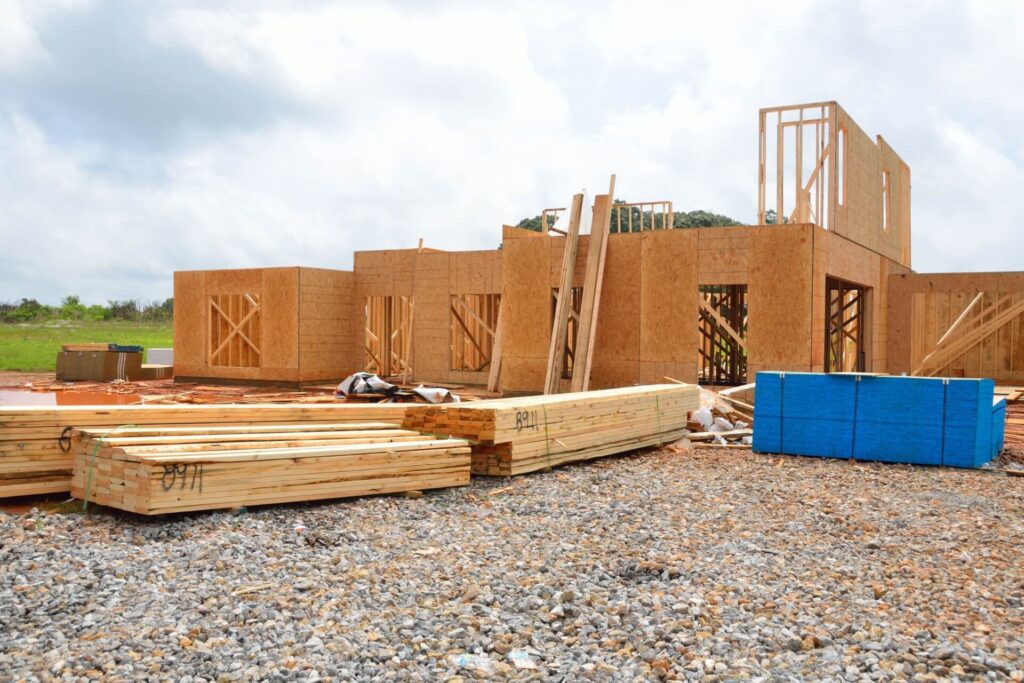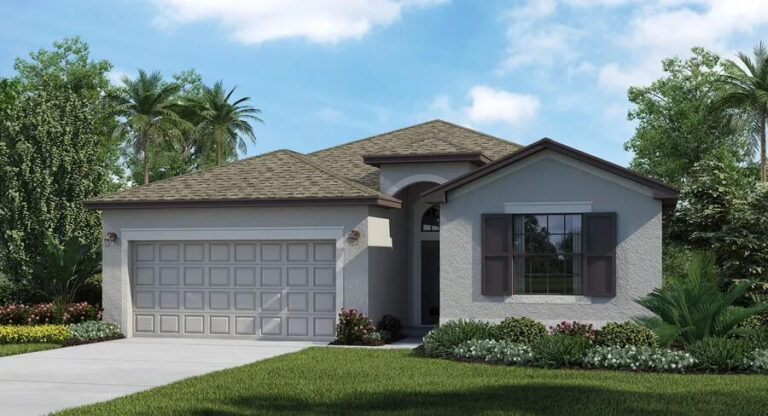Modern real estate projects from leading builders
The housing development in Florida is rapidly expanding, driven by the state’s go-getter attitude and the resourcefulness of key players in the industry. Leading U.S. home builders, such as Lennar, KB Home, and Meritage Homes, have ongoing real estate projects in Florida. They are creating new buildings with significant symbolic value and powerful visual impact, seamlessly integrating into the vibrant skylines of Miami and other cities across the state. These innovative structures are reshaping architectural styles, designs, and even the very concept of luxury living.
Under-construction projects in Florida represent a new frontier in building, not only in the U.S. but also worldwide. One of the most innovative aspects is the use of next-generation building materials. Extensive research and analysis in the field have driven developers to opt for solutions that expertly blend technical and design requirements, with a strong emphasis on sustainability, aesthetics, and living comfort for the occupants.
Let’s find out more about innovative materials and the technical and design solutions employed in building modern homes in Florida.
Polystyrene foam blocks
Foam materials, whether with open or closed cells depending on their permeability to gas or liquid, are already widely used in the construction industry. Expanded polystyrene foam is commonly utilized for insulating structures and buildings. However, the most significant innovation in this area is the development of expanded polystyrene foam bricks or panels. Polystyrene foam blocks have the advantage of being extremely lightweight and thermally insulating. This results in reduced overall structure weight and improved energy efficiency of the building envelope, leading to lower energy costs for buildings.

Structural insulation panels (SIP)
SIPs (Structural Insulated Panels) have a sandwich-like structure created by layering two outer wooden sheets with an inner layer of EPS (expanded polystyrene). This ingenious solution combines both insulation and structural materials, resulting in exceptional performance in both aspects.
The use of SIP panels for insulating houses brings numerous advantages. They are cost-effective compared to other insulation materials, leading to lower construction costs. Additionally, SIPs provide excellent insulation capabilities and possess high static and seismic resistance. Furthermore, they enhance the impact resistance of structures. Another advantage is that SIPs come as prefabricated elements, which significantly reduces building time.
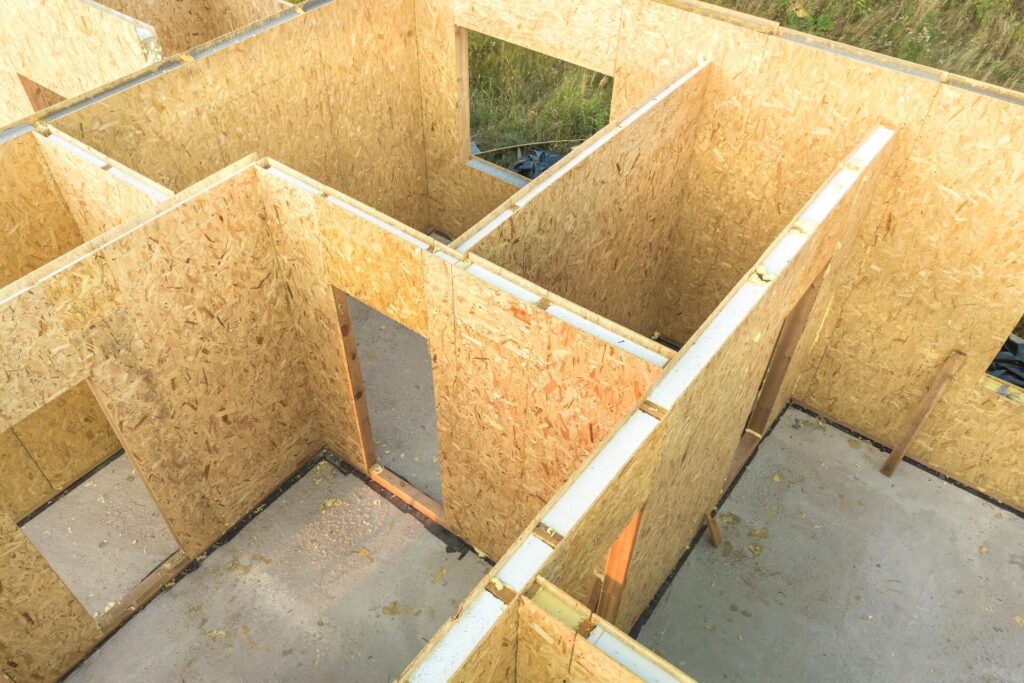
Aerated concrete
Aerated concrete is a lightweight building material commonly used as a substitute for traditional concrete in modern construction projects. Its reduced mass and density are achieved by incorporating small air bubbles on its surface, which result from a chemical reaction involving a blowing agent, water, cement, lime, and silica sand.
The resulting material is a special, extremely lightweight concrete that combines the advantages of traditional concrete with those of wood. These benefits include excellent insulation capacity and resistance to water, fire, and compression. Aerated concrete is particularly suitable for insulating homes in warm climates, such as Florida, due to its outstanding breathability, which helps prevent issues related to moisture and condensation, ultimately enhancing the comfort and healthiness of interior spaces. Additionally, the economic advantages stemming from its low weight are significant.
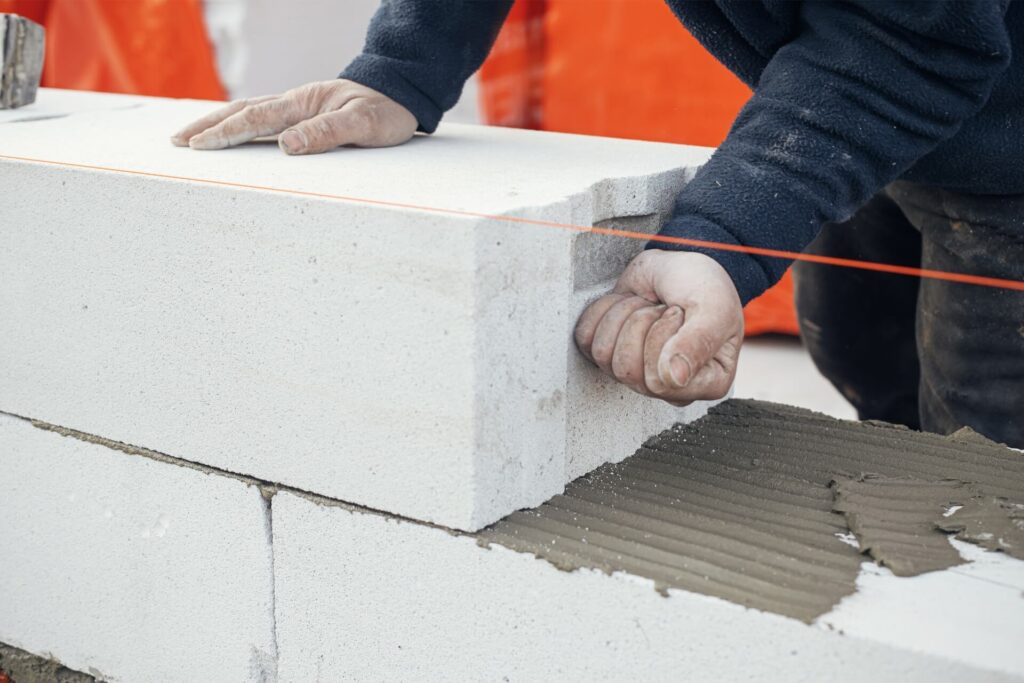
Green roofs
Green roofs are one of the most concrete examples of eco-friendly buildings and sustainable architecture. They serve as alternatives to conventional roofing solutions by replacing the typical covering with a layer of soil and vegetation, specifically designed to create lawns and gardens on the rooftops of buildings.
Apart from their visually striking and aesthetically pleasing appearance, green roofs offer a multitude of important benefits. In addition to functioning as conventional roofs, they enhance building insulation, leading to energy savings. They also reduce air and noise pollution, improve air quality, and provide effective micro-climate mitigation by reducing the temperatures reached at roof level during the hottest times of the year.
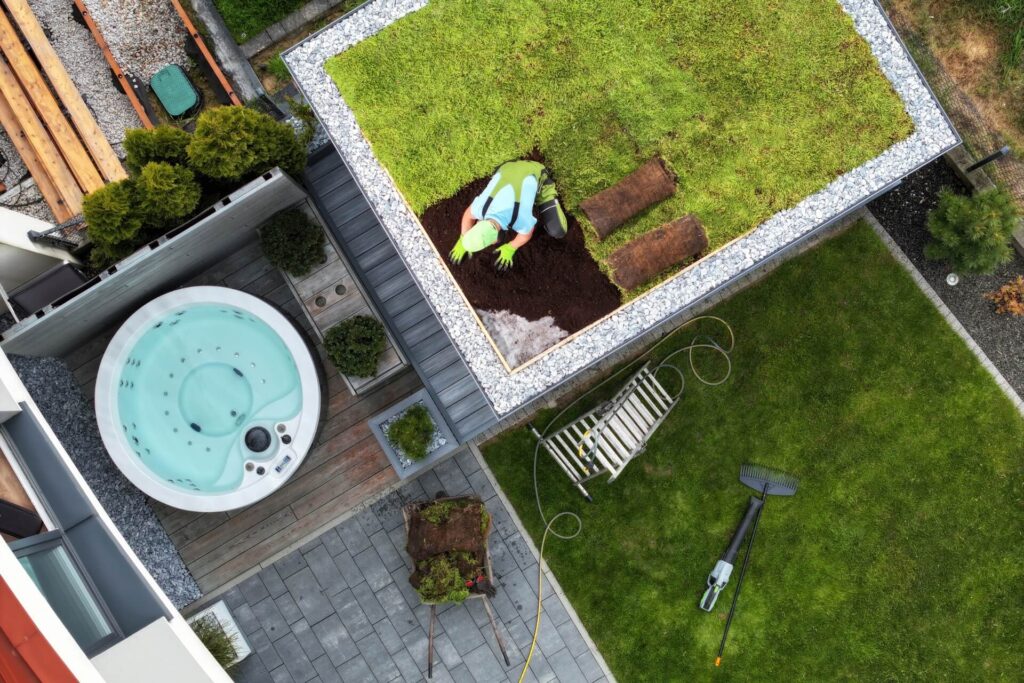
Low-E glass
Windows play a crucial role in modern construction projects, influencing various aspects of a home, such as home automation, natural light, views, and thermal and acoustic insulation. Low-E glass is a state-of-the-art multiple-layer insulating glass (the various sheets spaced apart) designed to act as a barrier for heat loss and increase the energy efficiency of windows and doors.
Doors and windows with Low-E glass are designed to minimize heat transfer from the outside, including solar UV rays, while simultaneously retaining indoor heat. This ensures that energy costs for home heating and cooling remain low.

NEO – New Estate Only is the real estate listing platform that brings together the leading builders in the United States. Browse through hundreds of pre- and under-construction projects designed by top architects and home design professionals, and discover the most modern properties built with cutting-edge, sustainable, and eco-friendly materials.

